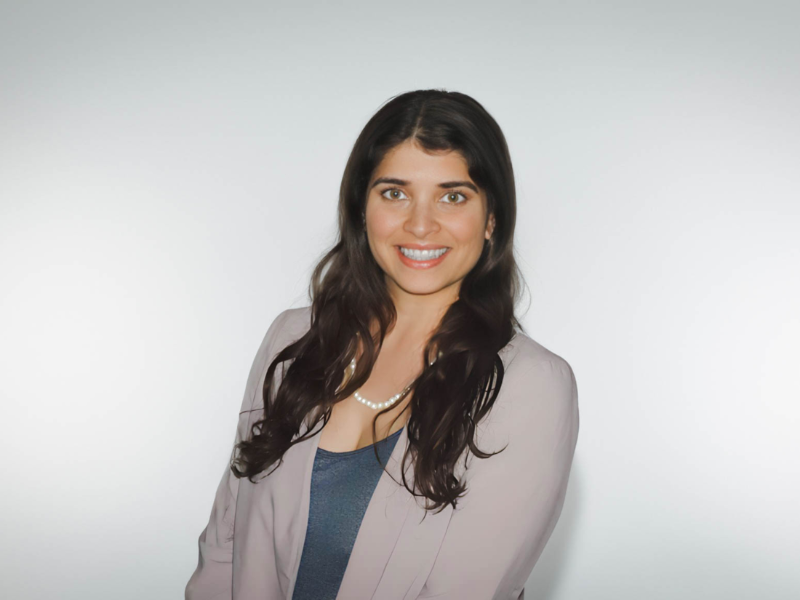
Graduate from college, get a job in STEM, get married, buy a home, and have a baby. Dare to divert? What will people say?! Many of us who are South Asian have heard this song before.
Sheltered Beginnings
I was born in a Detroit suburb and raised in a Milwaukee suburb, both of which are among the most segregated cities in the country. I can count the number of Asian peers I had in my class from K5 through 12th grade on one hand. However, my family stayed connected to the Indian community through folks they met at the Hindu temple locally.
For years, I’d hear how an auntie’s child was making the honor roll or how their big sister or brother had become a physician. Meanwhile, I was shamed for not being a straight-A student. I often got into arguments with my parents about why math and science, my weak subjects, were necessary for surviving in the world. Their logic was that they, as engineers, could help me with them, so there was absolutely no excuse not to excel.
From a young age, I would never obey what I was told unless I felt logically convinced it was correct. I felt like an outlier, seeing that so many of my family members were doctors or engineers. It sent me an indirect message that I wasn’t being “Indian enough” by not aligning with one of these traditional paths.
Growing up with little diversity and always seeing the “model minority myth” in play around the few Indian peers I knew, I rarely felt cultural pride. That stereotype, coupled with being taught not to follow Western norms like dating, sexy clothing, or late-night partying, made me feel like I was being forcibly molded into something I wasn’t.
Hints of Stigma
I always knew something was different about me. For example, making friends was hard, and it wasn’t just caused by anxiety. It was due to a lack of understanding of non-verbal cues or the unspoken rules of interaction. Throughout my childhood, peers would come over to our house once, but never return. My family initially thought it was due to shyness, but my mom began to wonder if it was because I missed their social-emotional cues of things like boredom, such as when they want to switch activities or change subjects in conversation. At school, I would get scolded for missing instructions in class or not handing in homework on time, unless my parents sat with me daily until I finished my work. My mother would instruct me to tell people outside the household that I was a straight-A student to avoid gossip.
In high school, I made a friend who lived with schizoaffective disorder. She taught me terms like “anxiety” and pointed out that I have a habit of talking about one topic for a long time. When I’d ask my parents about therapy and bring up terms like “anxiety”, my concerns would get dismissed as things I could self-correct.
The Turning Point
Fast forward to age 20: I began therapy in college. My student clinician diagnosed and treated me for social anxiety over the next year and a half, which gave me good results. I went back a few years later after college, feeling like I needed more work. The things I learned in therapy in college were useful, but they became difficult and unnatural to maintain. I was struggling with quick boredom, missing instructions, errors in my writing, communication difficulties, and job hopping in the professional world.
I could use tips from therapy to make new friends, but no matter how well I knew someone, I had questions about how I was supposed to act around them. It was also still hard to expand existing friendships beyond a surface level; I think that’s because the longer you know someone, the more an understanding of nonverbal contexts becomes expected.
Within a few months with my new therapist, she brought up the possibility that I was neurodivergent, specifically autistic. Since then, I’ve been on a highly fulfilling journey of growth and identity development. Considering that my brother was diagnosed at two, I have also become acutely aware of how factors like gender and ethnic background play a role in one’s late diagnosis. I’ve benefitted from not only talk therapy but group therapy, neurodivergent support groups, South Asian mental health support groups, psychiatric medicine, and EMDR.
Where Cultural Pride Started
In college, I surrounded myself with more South Asians and saw the value in embracing two cultures, even though it is hard. Over the years, I’d try my hardest to reimmerse myself in cultural aspects that I enjoyed, but felt something was missing. Then, at age 30, I was on COVID lockdown and took a memoir writing class, where I learned about self-publishing. I made it my goal to self-publish my book while I was still 30. Upon brainstorming topics, I identified two passions of mine: psychology and journalism. I was a freelance journalist for five years and had covered Mental Health Awareness Month events for the Black and Hispanic communities, but never the Asian community. Additionally, I never met a “Desi” person who had been to therapy. So I thought it’d be interesting to investigate mental health in the South Asian community and write my book to discuss this very whispered-about topic. I went into the process with low hopes. But simply typing “South Asian mental health” into Google and Instagram search bars opened a new world, perhaps because the pandemic forced our community to finally recognize the harm caused by stigma.
I emailed several organizations, stating that I was writing an anthology in which I want to interview folks about their mental health journeys and write their stories, under pseudonyms, if they preferred. These organizations emailed out submission calls, and several people contacted me with interest in telling their stories. Fast forward four years later: I have two published anthologies, covering topics from mental illness, intergenerational trauma, disability, neurodivergence, sexuality, and the model minority myth. Not only am I proud of my books and finding passion in public speaking on mental health and neurodiversity, but I wear my South Asian identity with honor. Meeting South Asians who identify with terms such as “mentally ill”, “disabled”, and “neurodivergent” has taught me these labels can co-exist with a Desi identity, truly permitting me to exist as my authentic self within this community.
About the Author
Mrinal Gokhale is an author, writer, and speaker whose work focuses on mental health, neurodiversity, and disability in the South Asian and Asian American diasporas. Her work can be found at linktr.ee/mgokhale.










